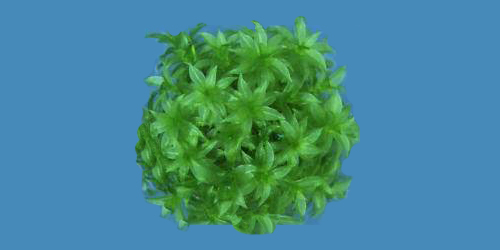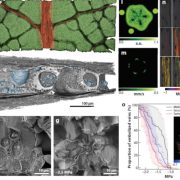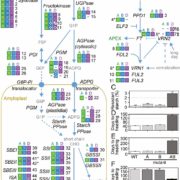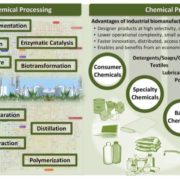RecQ Proteins: Masters of Genome Surveillance
Wiedemann et al. show that RecQ6 in Physcomitrella enhances homologous recombination and gene targeting https://doi.org/10.1105/tpc.17.00632.
Background: All living cells have mechanisms to protect their DNA against breaks during duplication and against damage by UV-light or chemicals. RecQ helicases are genome surveilance protein found in bacteria, fungi, animals and plants. Their function is widely investigated in humans, because mutations in these genes lead to disease syndromes (such as Bloom, Werner, or Rothmund-Thomson) or to cancer. Their function in plants has been less well understood.
Question: What is the function of plant RecQ proteins? Are there differences in RecQ proteins between the moss Physcomitrella patens and other plants that might explain why the moss is orders of magnitude more efficient in homologous recombination (and thus gene targeting) than any other plant?
Findings: We found that members of the RecQ family function in development, DNA repair, and gene targeting in the moss Physcomitrella patens, and Arabidopsis thaliana and P. patens show specific differences in their RecQ genes. Engineering different transgenic plants, we found that RecQ4 is important for normal moss development and for DNA repair, whereas RecQ6, which is not present in Arabidopsis, strongly enhances gene targeting.
Next Steps: These results may hold the key to the precise engineering of plant genomes including crop plants. We are now planning to express the moss RecQ6 gene in flowering plants to see if we can significantly enhance their gene targeting. This could enable modification of crop plants with outstanding precision in the future.
Gertrud Wiedemann, Nico van Gessel, Fabian Köchl, Lisa Hunn, Katrin Schulze, Lina Maloukh, Fabien Nogué, Eva L. Decker, Frank Hartung, Ralf Reski. (2018). RecQ helicases function in development, DNA repair, and gene targeting in Physcomitrella patens. Plant Cell https://doi.org/10.1105/tpc.17.00632.










